- About MTN
Would you like to stay up to date on the latest MTN world news? Products, graffiti, murals, festivals, art and much more.
Return We Were There - VII: Graffiti Shops
The stores that sold graffiti related products played a fundamental role in the consolidation of the culture, as well as serving guide to its direction and future development.
PROLOGUE: TWO DIFFERENT BUSINESS MODELS
What we know today as a graffiti store was just a concept in the beginning that only existed in the imagination of some writers. At best, some stores had items related to hip-hop culture. The most well known ones owed it to adverts in fanzines, which once again played an important role. Ticaret in Paris and Four Star General in London were two such spots, obligatory places to visit for tourists into graffiti culture. Some others had good reputations, like the Hip-Hop Shop that belonged to the legendary graffiti writer from Los Angeles, Hex. His profile attracted fans who came to photograph the excellent productions of the legendary writer that were displayed on the facade.
Yet, all of them were missing something: they did not sell spray paint.
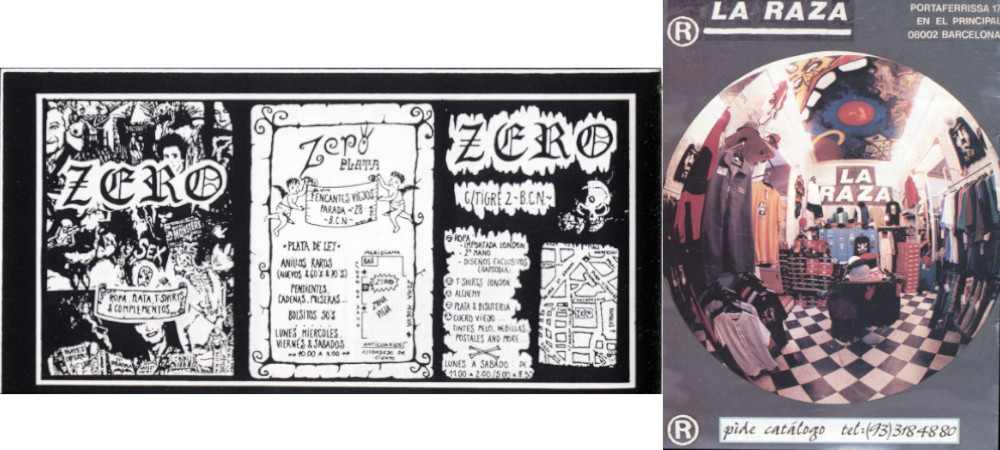
Some had more records, others stocked exclusive paraphernalia, like clothes airbrushed by renowned writers, ink and special markers such as the "Ultra Wide". However, spray paint was never available.
This changed in 1991, when a store opened in Berlin called the Wildstyle Shop. Perhaps today it could be considered as the first spray paint shop run by a graffiti writer.
In Barcelona, we had our little hip-hop oases, like the Zero store in the Raval, that had imported goods plus local products such as clothes or fanzines. Zero wasn’t a store exclusively dedicated to hip-hop, the subculture had an outpost in La Raza: another small space in the middle of a bustling clothing market housing all the urban tribes of the time. At La Raza you could always find rap and graffiti t-shirts, Kangol caps and other accessories essential to the aesthetics of hip-hop culture.
HARDWARE + HIP-HOP = GAME OVER SHOP
When Game Over Shop opened in 1993, it was created as a new concept, combining a hip-hop store with a spray paint stockist, which had only been available at hardware stores up until that point.
Their plan was based on specializing in one of the four famous elements of hip-hop culture: graffiti. So the first graffiti store in Spain was born. Although in reality it was still a hip-hop store in its essence, everything was centred around writing. Spray paint and markers were sold along with merch from rap groups, hats, magazines, music and graffiti books, breakdance videos, plus records and demos from rap, funk and related genres.
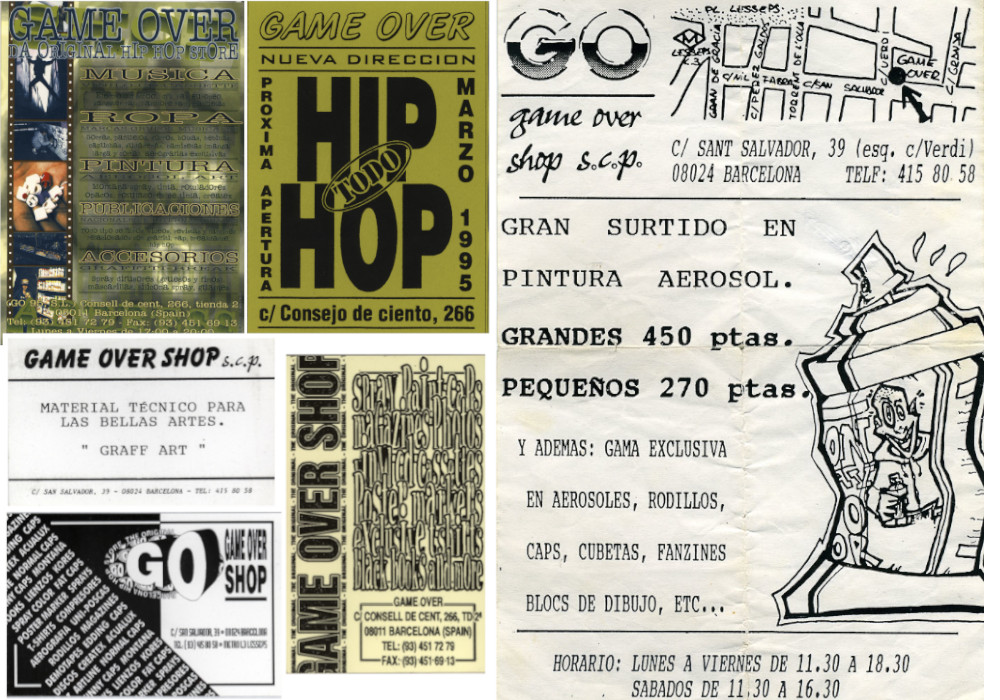
“Even to this day, I‘m not still not totally aware of the work that I was able to do. Really, I just wanted to help grow hip-hop in my city while exchanging rap demos to promote our scene to outsiders.
Importing seemed vital to me at the time, so we could learn and improve ourselves culturally." Óscar Sánchez, Seville.
PAINT AND IDEAS SPREAD TOGETHER
This nascent type of hybrid store would result in new commercial possibilities. By the end of the 90s, dedicated hip-hop stores would appear, specialized in records, clothes, as well as graffiti stores that served writers. Until this point, there were a few pioneering years when everything was mixed up.
When Montana Colors began to fill its first cans, the first and exclusive point of sale was the Game Over Shop, but new points of sale had to be found to make the company sustainable. Paint shops were the next port of call, as they already dealt with the neighborhood graffiti clientele, but the most important move for the projection of the brand was undoubtedly the distribution network set up by the hip-hop and graffiti activists themselves.
1993 was the year that Game Over opened, and in the same year, Montana Colors got a call from the Rock 'N' Shop store in Palma de Mallorca. Its owner, Fede, heard about the Barcelona hip-hop dealer and agreed to make purchases together with Game Over to facilitate and lower the price of importing products. He also bought spray paint to see if he could replicate the concept. When Montana Colors appeared in 1994, Rock 'N' Shop was one of its first customers from outside Catalunya. This is how an existing outlet evolved to become a hip-hop store.
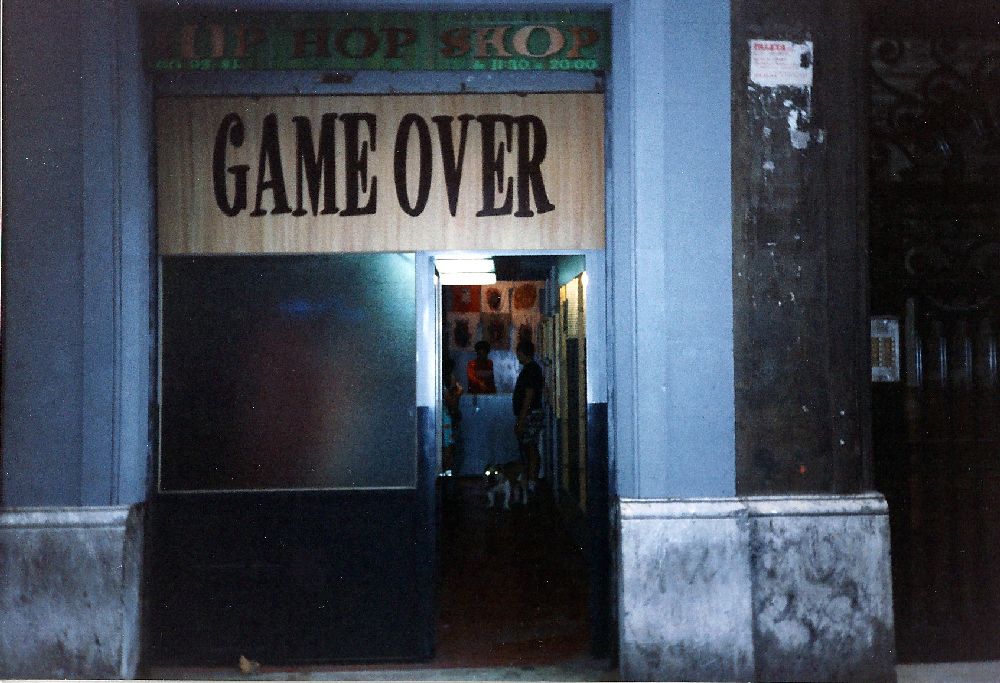
Of course, there were also those who started a business from scratch: usually graffiti writers, rappers or DJs. Zeta and Chop from Madrid were already well-known and respected figures in the scene when they established the Oh Shit! Graff Store, occupying a corner of an existing store in their city: Triburbana. This was another of Montana's first stockists outside Barcelona.
“I met Kapi and Moockie through their Game Over fanzine. As a result of this, I saw that they had a store and that is why I started ordering by phone.
At that time, the only aerosols that were sold around here were for painting cars. I think that in the whole city only two or three of us had one of those fanzines or demos from outside of Seville." Óscar Sánchez
GROUND ZERO OF A NEW SUBCULTURE
Setting up a legitimate business on the street meant rules and risks difficult for the young hip-hop population to assume. But the ingenuity of various figures on the scene in Spain popularized a third distribution route for the new material.
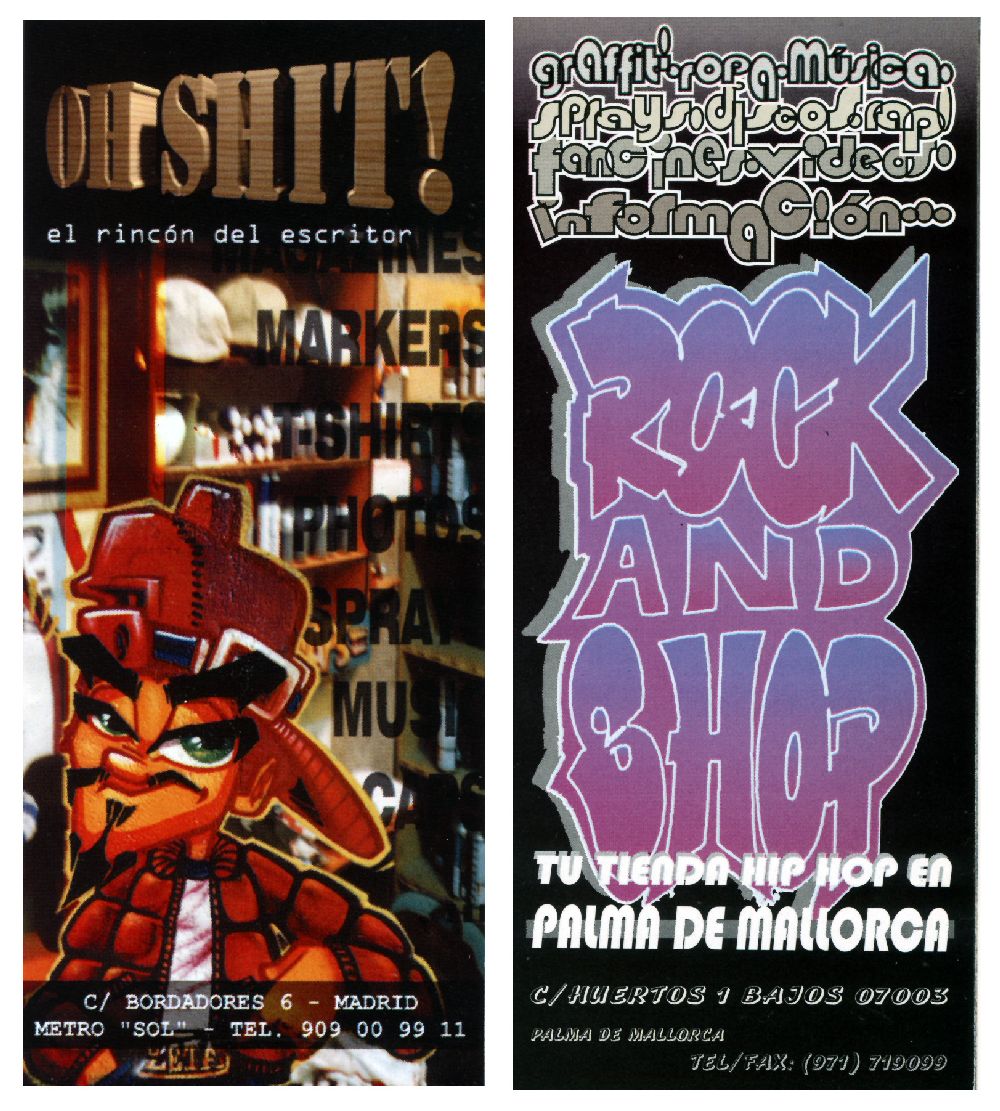
One example was Óscar Sánchez - Acción Sánchez from the SFDK musical group - who, after several telephone conversations in 1993, convinced Kapi from Game Over Shop to create a system for a telephone ordering system with regular deliveries. Oscar became Game Over's first remote client. From the perspective of the store, it was a key moment as mail-order became a fundamental aspect for the survival of the business. Distance selling ended up being a cornerstone of the development of hip-hop culture in the most remote places from Spain’s major cities.
Another piece of the puzzle was the figure of the cultural agitator, who ran the risk of paying for an order up front to distribute to local contacts via the trunk of their car or their garage. Many of these entrepreneurs ended up transforming that system into a formal store.
“After the Game Over Shop, I called more people who put out fanzines, demos or sold their wares on a sale or return basis. We also did exchanges for local material. I send you 10, you send me 10.
“I bought lots of stuff without knowing if it was cool or not. Some came recommended by a friend. Before I knew it, I had a small shop set up at home. Every day I went out with my backpack full of gear and went through neighborhood parks and squares, and friends’ houses. Kids would come through to the Pino Montano park to buy our items. Soon I couldn’t meet all the demand I had, so I began to leave material at a friend's record store. " Óscar Sánchez
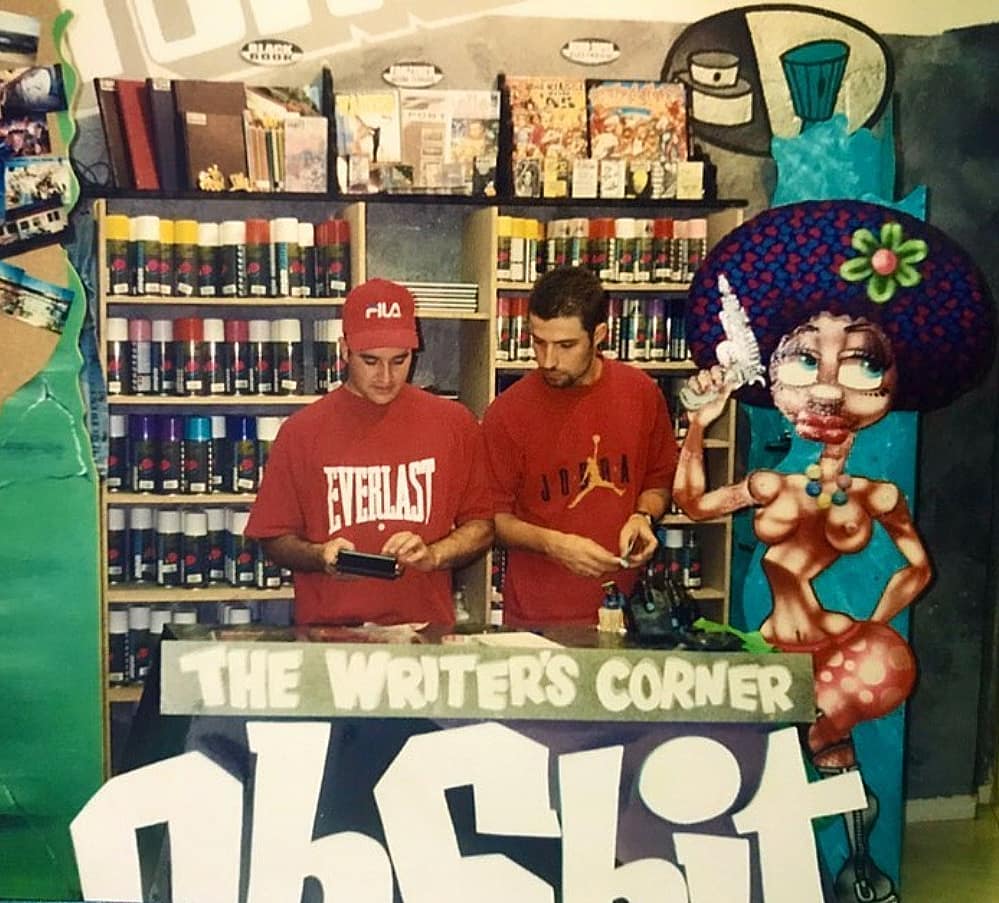
Montana cans circulated around the country in the hands of these young pioneers. They were as valued as the latest rap vinyl from the US or the freshest t-shirts produced by famous graffiti writers.
As soon as Montana Colors could afford it, it became a promoter and supporter of these entrepreneurial businesses. On some occasions, Montana acted as a catalyst, in the same way that Jordi Rubio had done with Kapi and Moockie to create the first graffiti store in the country: the Game Over Shop.
ShareDecember 09, 2020
